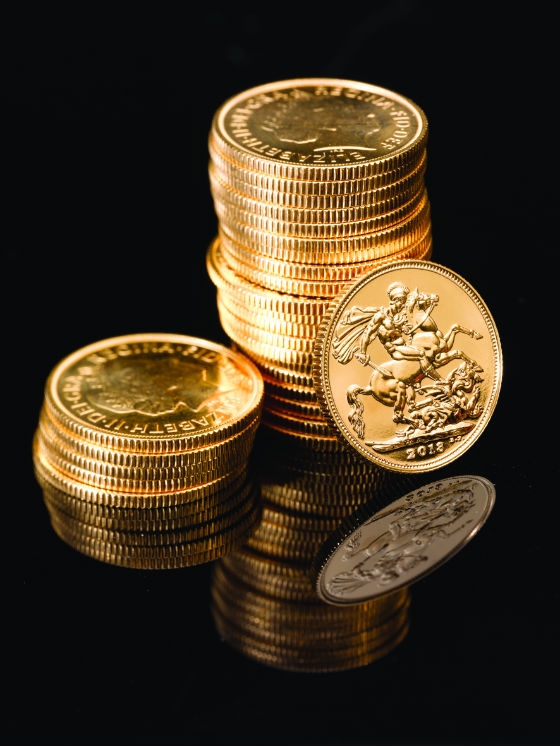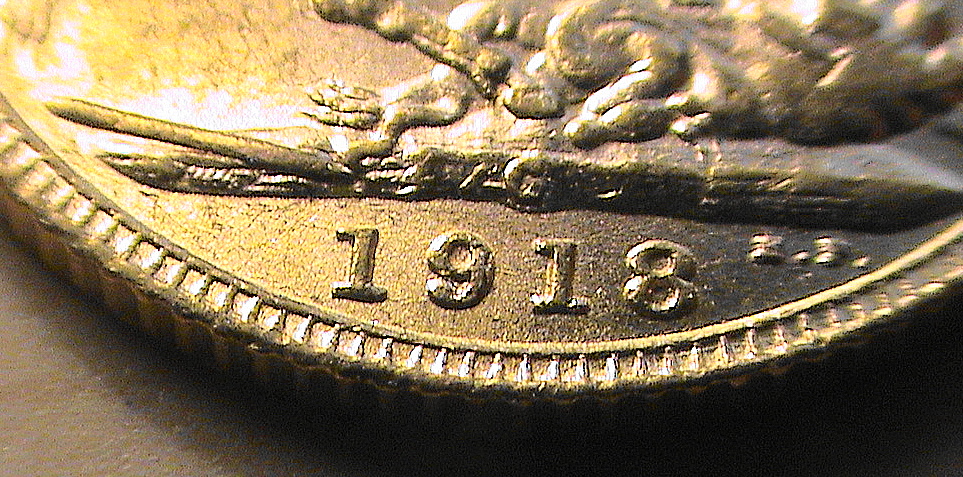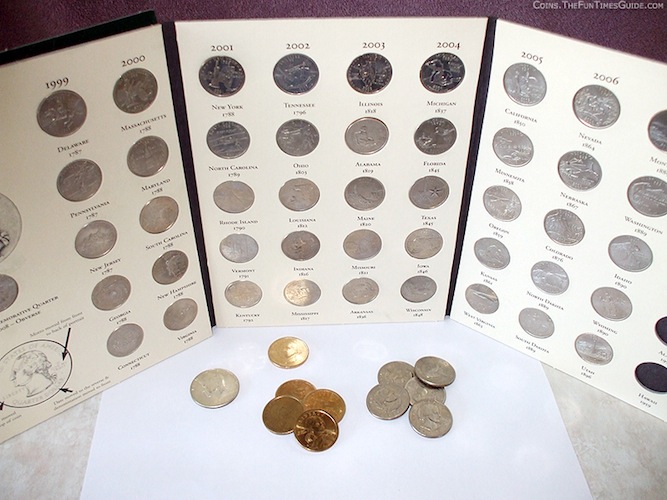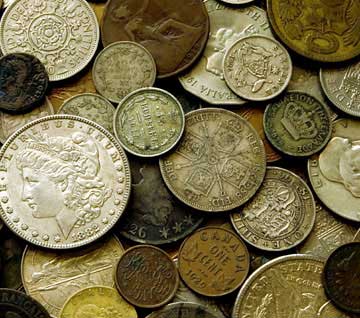The story of Britain is told through its Commemorative coinage thus preserving it for future generations.
King Alfred the Great was the first King of England to use his coinage to commemorate an event in his reign. In 886AD he occupied the city of London and shortly after he produced a coin with LONDON spelled out in a monogram so that all his subjects would know that he was the King of England who reclaimed the capital.
This use of coinage to spread news of an event dates back to Roman times. The beauty of using coinage is that virtually the whole of the population uses it, and more importantly they look at it when they use it. Even today, while some people may not read newspapers and others do not use the internet, everyone uses coinage.
The commemorative in our era
In Britain the Royal Mint supervises the issue of commemorative coinage and they ensure that it is used to celebrate events, people and achievements of national importance, rather than just for political pronouncements.
However, the role of money has changed in our modern society and with it so too has people’s expectations of commemorative coins. While many are happy to save one of each new coin from circulation, many people want – and demand – exclusive editions of these special coins that have a value far beyond that of just the face value of the coin.
To meet that demand the Royal Mint now has a special facility which is separate to the regular production area in which skilled craftsmen produce limited editions, most of them in sterling silver and struck to Proof standards, producing some of the finest commemorative coins in the world.
Celebrating all things about life in Britain
If you were to sit down and line up all of Britain’s commemorative coins from recent years you might be surprised at how comprehensive a survey it is of life in Britain. This is the problem with releasing commemoratives into circulation – it proves difficult to remember all that has gone in the past. However, with a collection of these commemoratives it becomes possible to see the great variety of topics and themes that have been covered.
The coins shown below represent just a handful of those issued since 1935 but they should give some idea of the richness and variety in the series. What’s more, each coin shown below is a limited edition minted in silver. Even the 2003 two pound coin celebrating the DNA double-helix discovery (below) simulates the look of a circulation coin with a pure gold layered ring over the top of a solid sterling silver coin.
Only the largest coins will do
Commemoratives come in many shapes and sizes and in Britain the Royal Mint uses the 50p, £1, £2 and the £5 crown to carry commemorative designs. This variety makes the British series more interesting than others.
The fifty-pence coin is used for events of national significance, such as that shown below which celebrates Britain’s Presidency of the European Union.
The pound coin carries designs celebrating the United Kingdom and the four countries of which it is comprised. In recent years this has broadened to include architectural or engineering landmarks of the four countries.
The two pound has been used to commemorate sporting events and other events that relate to a specific year or anniversary such as scientific discoveries.
Finally, the crown, which is the largest coin struck by Britain and whose provenance dates back to the year 1551, is reserved almost exclusively for Royal events and anniversaries.
The Royal Mint’s limited editions in sterling silver now form an exceptional series in their own right and are sure to have long lasting interest for collectors around the world.





















